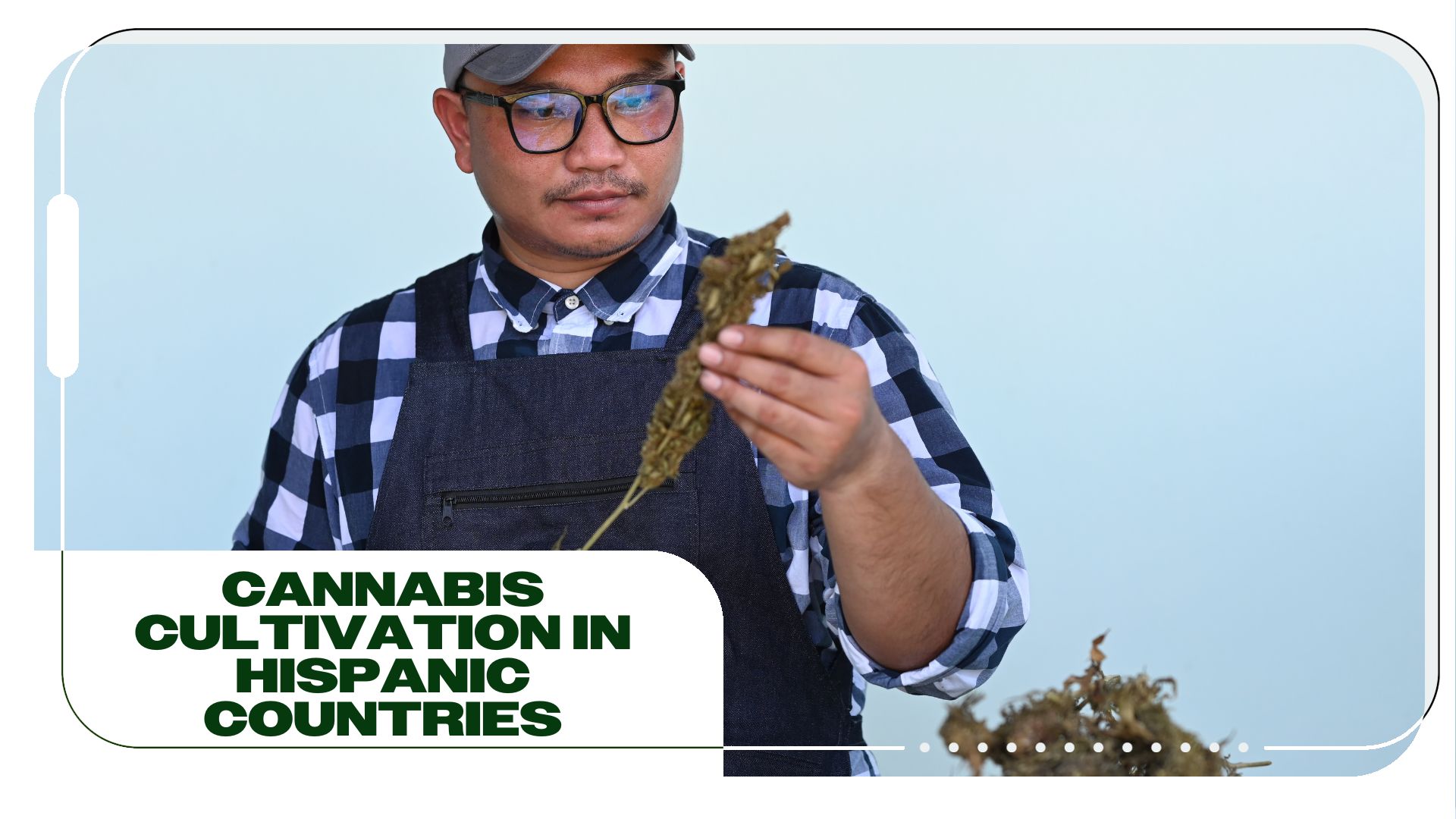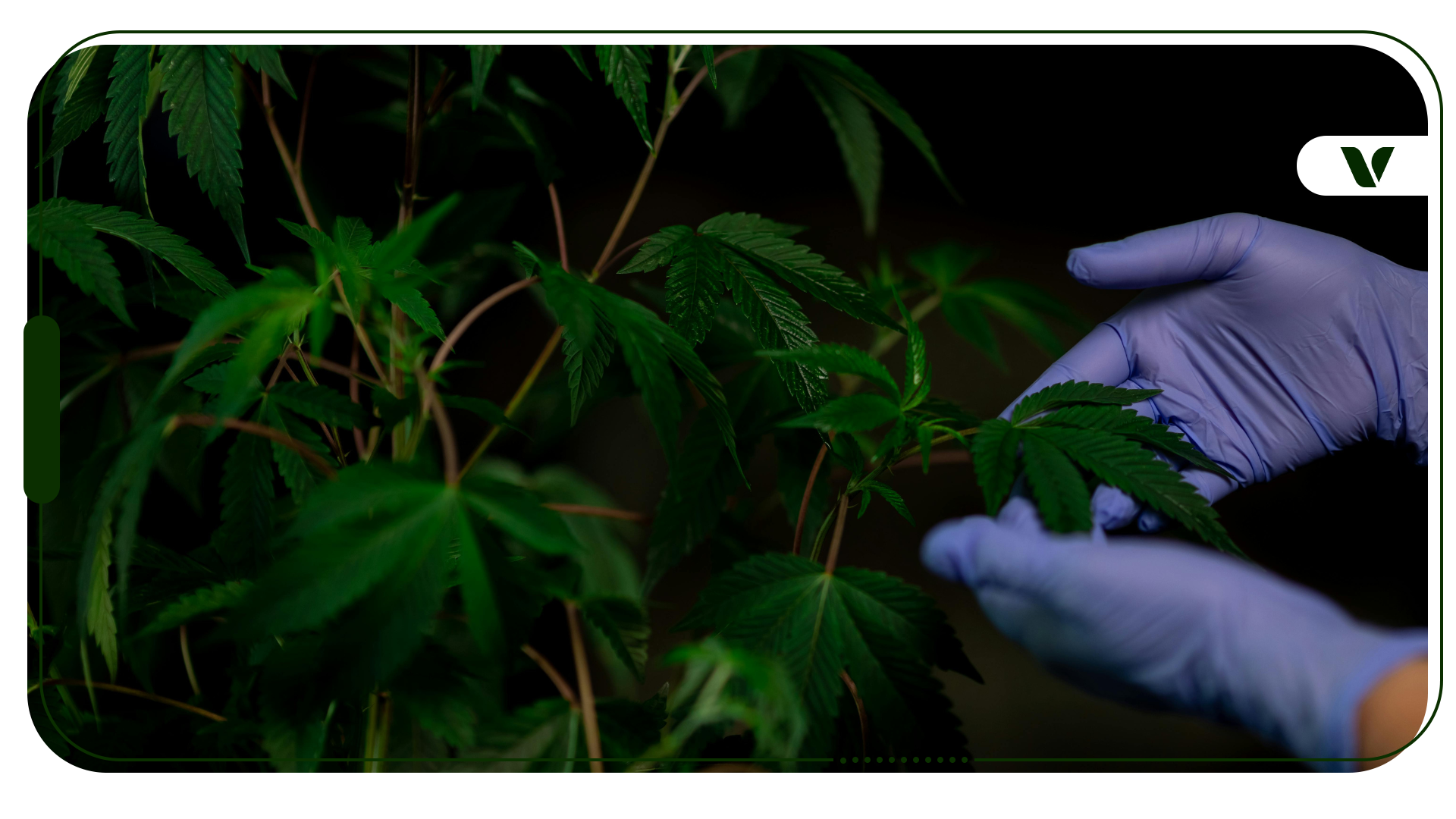While the terms Hispanic and Latino are largely used interchangeably, they mean different things. Hispanic refers to people from, or who have lineage in, countries where the majority of the population speaks Spanish. On the other hand, Latino refers to people who are from, or who have lineage in, Latin America.
Latino and Hispanic countries have a centuries-long relationship with cannabis thanks to the region’s great growing conditions, such as fertile soil and consistent sunlight. But even in the harshest mountain conditions, cannabis is still found happily growing!
Keep reading to learn about the rich history of cannabis in Hispanic countries.
Colonization and the Spread of Cannabis
The colonization of Latin America by Spain brought many things, including widespread violence, diseases, and unfathomable horror. It also contributed to the globalization of the cannabis plant, which originated in Asia and slowly made its way around the world.
It’s unclear exactly when cannabis use became widespread among the Indigenous people in Latin America because historical accounts use inconsistent names for the plant, which makes it hard to pinpoint an exact year. This is a common problem researchers run into in botanical studies.
That being said, it seems that the plant became more widespread around the mid-1800s.
Indigenous Relationships with Cannabis
For Indigenous Latin Americans, specifically in the Andean region (which includes modern-day Columbia, Peru, and Ecuador), cannabis is used to treat both physical and spiritual ailments. Unfortunately, the prohibition of cannabis in some of these countries threatens Indigenous culture and knowledge.
Among some Indigenous cultures, cannabis is seen as both protection and a portal into the spiritual world. People indigenous to modern-day Mexico sometimes use cannabis in religious ceremonies.
Cannabis Legalization in Hispanic Countries
The Supreme Court of Argentina ruled in 2009 that citizens can’t be prosecuted for cannabis possession or use. The Columbia Supreme Court also ruled in 2009 that possession or use of cannabis isn’t a crime. In 2012, President Juan Manuel Santos pushed legalization efforts.
Why You Should Get Your Medical Marijuana Card
Veriheal has satisfied millions of patients nationwide by giving them access to these benefits
- Larger purchase limits
- Peace of mind
- Enhanced legal protection
- Access to higher potency strains
- Save up to 25% on cannabis purchases
- Skip the line at the dispensary
The 2008 Constitution of Ecuador decriminalized cannabis use. In 2021, the Supreme Court of Mexico legalized recreational use of cannabis with a license. All of this highlights the steady acceptance of cannabis occurring in South American countries.
Hispanic Landrace Cannabis Strains
There are numerous landrace strains in Latin America. Landrace strains are unaltered by breeding, and efforts are in full swing to ensure they are preserved for their unique traits and cultural significance. Seedbanks, community efforts, and more all contribute to protecting these strains from hybridization and extinction.
Landrace strains are also important for their research potential, exploring cannabinoids and original plant genetics that are unique to unmodified strains. Likewise, they can unlock new medical benefits and possibilities depending on their genetic makeup.
Acapulco Gold
Acapulco Gold originated in the mountains of South Mexico and was named Acapulco after its nearest city. It has a high THC percentage, averaging around 20%, and is a strong sativa strain. There was a high demand for this strain in the 1960s. The main terpenes found in Acapulco Gold include caryophyllene, myrcene, and limonene.
Colombian Gold
Colombian Gold is an uplifting sativa strain with a sweet flavor and resinous buds. It’s hypothesized that the strain’s potency is a result of its harsh growing conditions. It originates in the Sierra Nevada de Santa Marta mountains in Colombia — a tropical mountain climate with fluctuating temperatures and a high elevation. Its main terpenes are limonene, myrcene, and caryophyllene.
Oaxaca Highland
Oaxaca Highland is a sativa landrace strain that hails from the Oaxaca region in Mexico. It has a high THC content and an energizing, heady high. It’s commonly used to treat migraines, fatigue, and depression.
Final Thoughts
The globalization of cannabis brought the plant to Latino countries, where it was integrated into Indigenous culture and ceremonies as medicine. While prohibition puts these practices in danger, many successful legalization efforts have taken place in Hispanic countries.
Great care is put into preserving Hispanic landrace strains for their cultural, historical, and medicinal importance.
Cannabis is a plant beloved around the world, with each culture having a unique relationship with it. Regardless of borders and language barriers, cannabis connects the whole globe — and that’s something to be celebrated.
Author, Share & Comments








